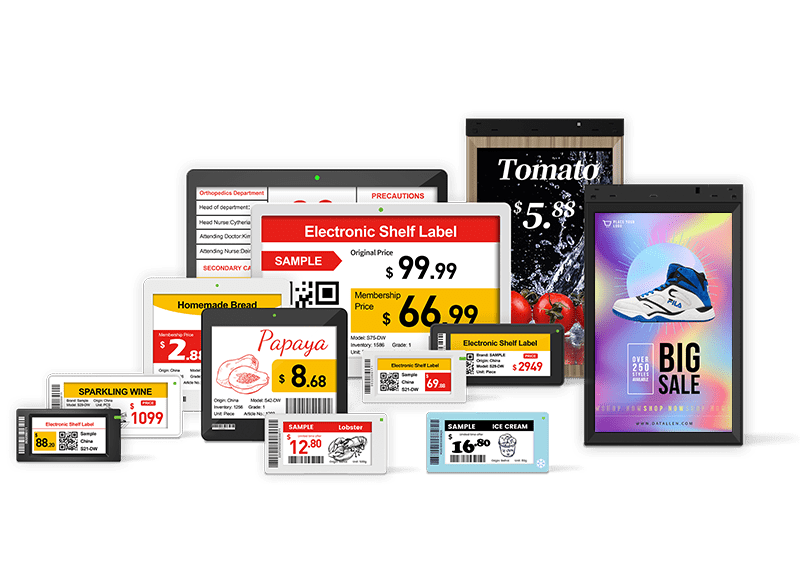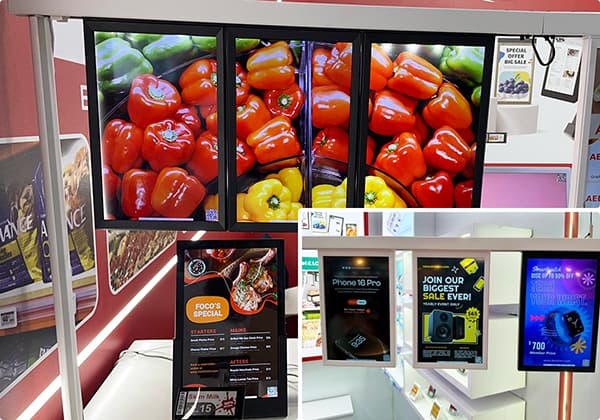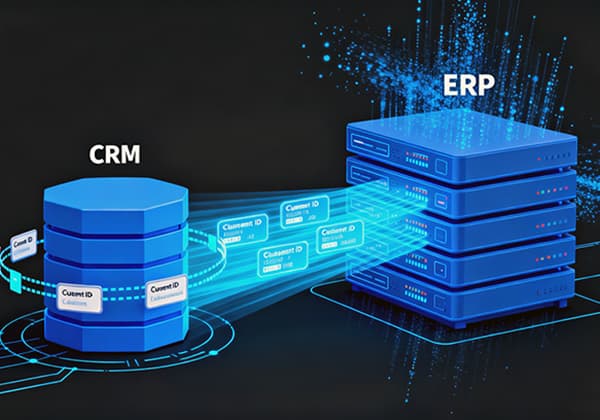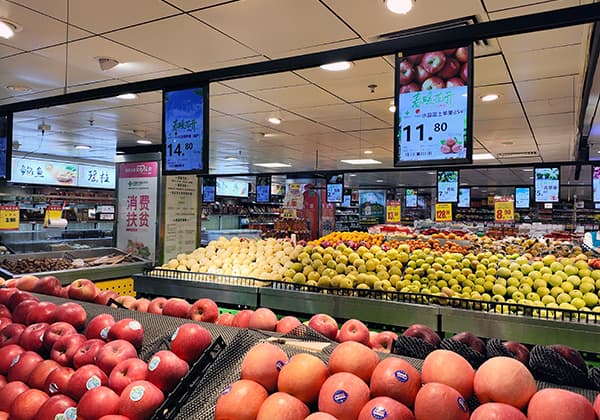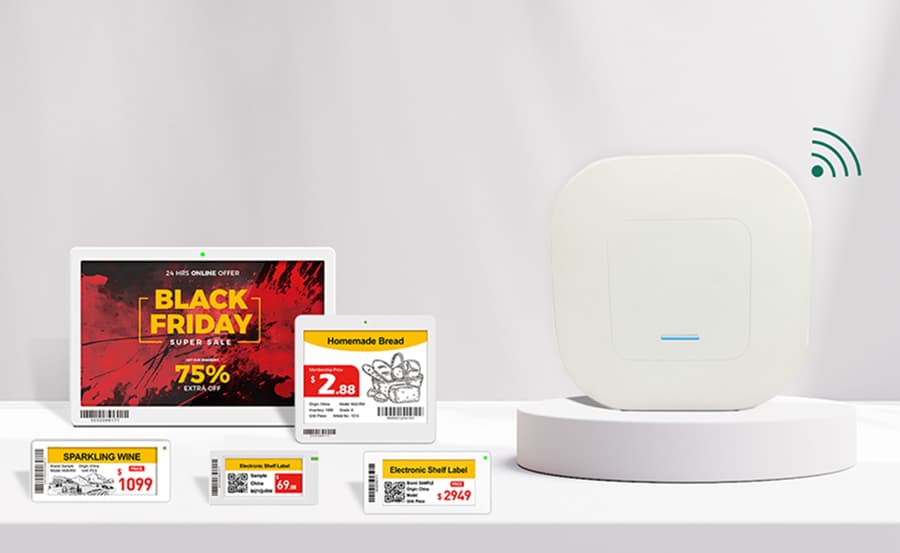Introduction: The Retail Revolution Unfolding
From grocery stores to fashion boutiques, forward-thinking retailers leverage dynamic pricing to boost revenue, reduce waste, and deliver personalized experiences. This guide explores how this strategy works, its transformative power, and the role of technologies like e ink price tags in reshaping the retail landscape.
What is dynamic pricing in retail?
Dynamic pricing is a fluid strategy that uses algorithms and real-time data to optimize prices for maximum profitability. It operates on three core principles:
- Real-Time Agility: Prices change hourly, daily, or seasonally (e.g., markdowns during off-peak hours).
- Data-Driven Decisions: Sales history, competitor pricing, and customer behavior fuel pricing adjustments.
- Strategic Goals: Clear slow-moving stock, attract price-sensitive shoppers, or capitalize on high-demand periods.
Example: Airlines like Delta use AI to predict demand and adjust ticket prices, while ride-sharing apps like Uber implement surge pricing during peak hours.
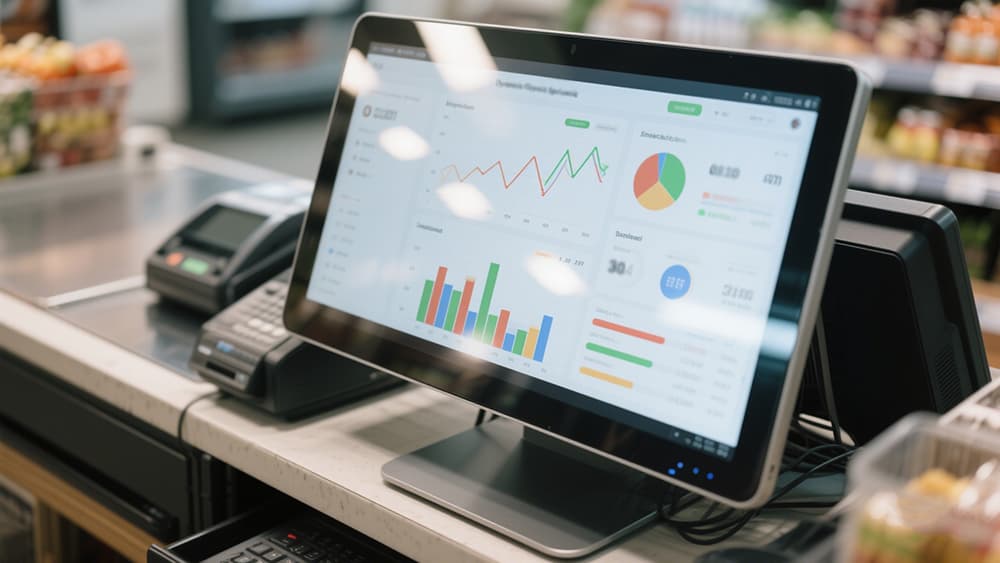
Why do retailers use dynamic pricing?
The Business Case
1. Revenue Optimization:
- Capture higher margins during holidays or events (e.g., Black Friday deals).
- Clear inventory with precision discounts, reducing waste by up to 25%.
Statistic: McKinsey reports that dynamic pricing can increase revenue by 5–15% when executed effectively.
2. Competitive Edge:
- Match or undercut rivals in real time (e.g., Walmart’s price-matching algorithm).
3. Customer-Centricity:
- Offer loyalty discounts to repeat buyers or personalized deals based on browsing history.
4. Efficiency Gains:
- Automate pricing decisions, slashing manual errors and labor costs. For instance, ESLs enable instant price updates across 10,000+ stores.
Dynamic Pricing Strategies in Action
Six Proven Models
1. Time-Based Pricing:
- Discounts during off-peak hours (e.g., happy hour specials at restaurants).
2. Demand-Driven Pricing:
- Surge pricing for concert tickets or discounts on slow-selling items.
3. Competitor-Based Pricing:
- Tools like Omnia Retail’s AI platform analyze competitor data to suggest optimal prices.
4. Personalized Pricing:
- Amazon tailors deals to individual shoppers using browsing and purchase history.
5. Surge Pricing:
- Uber’s real-time adjustments during high demand.
6. Bundling & Cross-Selling:
- “Buy chips + dip, save $2” promotions drive basket size.
Real-World Success Stories
- Amazon: Updates prices 2.5 million times daily to outpace competitors.
- Walmart: Tests grocery dynamic pricing with digital tags, updating prices up to 6 times per minute.
- Hema Fresh: Reduced food waste by 25% and increased sales by 15% using ESLs for real-time markdowns.

What are the disadvantages of dynamic pricing?
Navigating the Minefield
1. Trust Issues:
- Sudden price hikes (e.g., Uber’s storm surge) can alienate customers.
Solution: Transparency—explain price changes via apps or in-store signage.
2. Legal Pitfalls:
-Price discrimination based on race or location violates antitrust laws (e.g., U.S. Robinson-Patman Act).
3. Technical Complexity:
- Requires robust integration with POS systems and AI tools.
4. Costs:
- Initial investments in software and employee training.
Mitigation: Pilot programs in high-margin categories and prioritize compliance checks.
What stores are doing dynamic pricing?
- E-commerce & Omnichannel Retail: Real‑time online and in‑store pricing
- Supermarkets & Grocery: e ink price tags enable perishable markdowns and loyalty offers.
- Transportation & Rideshare: Surge pricing balances driver supply and rider demand.
- Hospitality & Travel: Airlines and hotels adjust fares and rates based on booking patterns.
- Entertainment & Events: Theme parks and ticketing platforms elevate prices during peak seasons.
Case highlights
- Grocery: Kroger’s ESLs sync with inventory for real-time markdowns.
- Fashion: Zara discounts seasonal items faster using demand algorithms.
- E-Commerce: Amazon’s AI adjusts prices 250k+/day, driving 35% of revenue.
The Power of Digital Display
E ink Price Tag Integration
E ink Price Tags are the backbone of dynamic pricing in physical stores. Here’s why:
(1) Instant Updates:
- Change prices in seconds across all locations, eliminating manual errors.
(2) Inventory Sync:
- Integrate with ERP systems to trigger markdowns as stock levels drop. Auto-discount overstocked items (e.g., “Only 3 left—20% off!”).
(3) Customer Engagement:
- Display time-limited discounts or QR codes on ESLs linked to recipes, reviews, or loyalty points.
Example: Walmart’s E ink Price Tags adoption cut price-checking time by 70%, freeing staff for customer service.
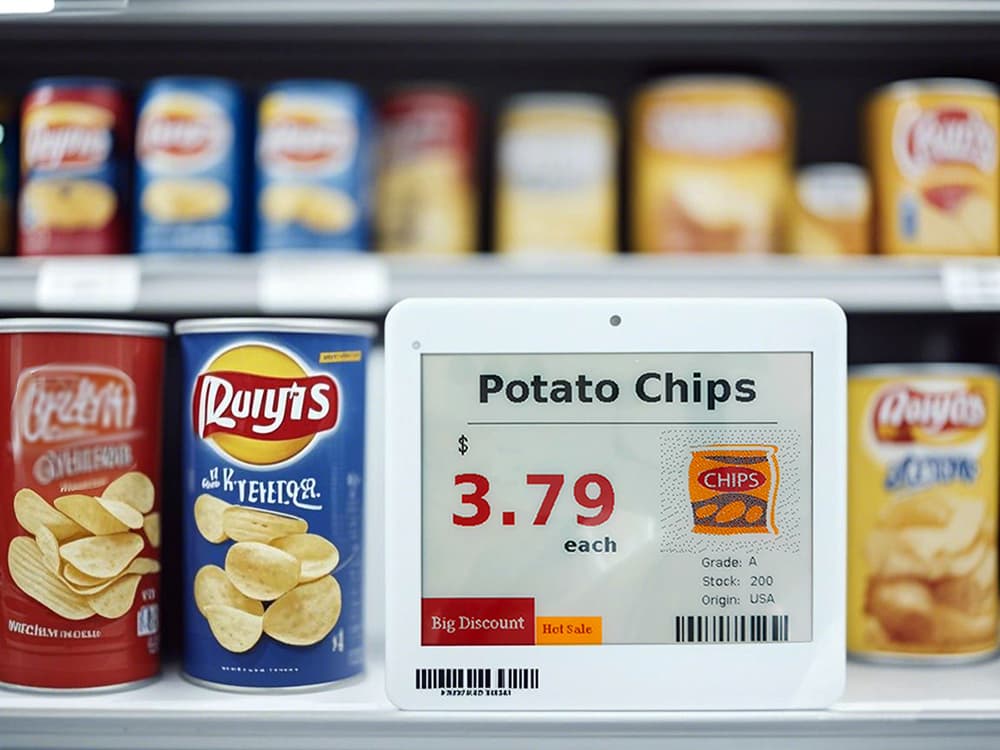
Digital Signage Integration
• Dynamic Promotions: Rotate ads based on foot traffic.
• Omnichannel Consistency: Align online/offline pricing.

Addressing Consumer Concerns
(1) Is Dynamic Pricing Legal?
- Yes, unless discriminatory. Compliance with antitrust laws is critical.
(2) Won’t Prices Always Rise?
- No. Dynamic pricing also lowers prices during off-peak periods to attract buyers.
(3) How Can Retailers Build Trust?
- Use clear communication (e.g., “Temporary surge due to high demand”) and avoid extreme fluctuations on essentials.
(4) How to begin?
- Pilot in high‑margin or perishable categories using an e‑ink price tag solution and refine algorithms before wider rollout.
Future Trends Shaping Dynamic Pricing
(1) AI & IoT Integration:
- Predictive pricing using weather data (e.g., raising umbrella prices before storms).
(2) Hyper-Personalization:
- Tailoring prices to individual shoppers based on behavioral patterns.
(3) Blockchain Transparency:
- Immutable records of price changes to build customer trust.
(4) Sustainability-Driven Pricing:
- Premiums for eco-friendly products or discounts for recycling.
Implementation Guide for Retailers
A Step-by-Step Roadmap
(1) Define Goals:
- Increase revenue, reduce waste, or enhance loyalty.
(2) Choose Strategies:
- Combine time-based and competitor-driven models.
(3) Invest in Tools:
- AI platforms (e.g., Pricefx) and ESL systems (e.g., Datallen’s digital price tag system).
(4) Test & Learn:
- Pilot in a subset of stores before full rollout.
(5) Monitor & Adapt:
- Track KPIs like revenue per SKU and adjust algorithms continuously.
Ready to Transform Your Pricing Strategy?
Dynamic pricing isn’t just a trend—it’s a necessity. By embracing AI, ESLs, and customer-centric strategies, retailers can unlock new revenue streams while fostering trust. Datallen’s innovative ESL solutions empower real-time pricing, inventory management, and personalized promotions.
[Contact us today]Email: inquiry@datallen.com to explore how we can elevate your retail dynamic pricing game.
For more insights, check out:
1. Creative Digital Price Tag Ideas for Modern Supermarket Shelving
2. Creative Gift Store Display Ideas for Maximum Impact
3. How to Select Among Various Types of Digital Signage
4. 2025 Innovative Retail Shop Display Ideas: Crafting Memorable Retail Experiences
5. Unlocking Success in Clothing Retail: A Modern Guide with Digital Price Displays

